Unbuilt Frank Lloyd Wright houses brought to life in 3D
Unbuilt Frank Lloyd Wright houses are celebrated in full, modern 3D glory, brought to life by home project specialist Angi
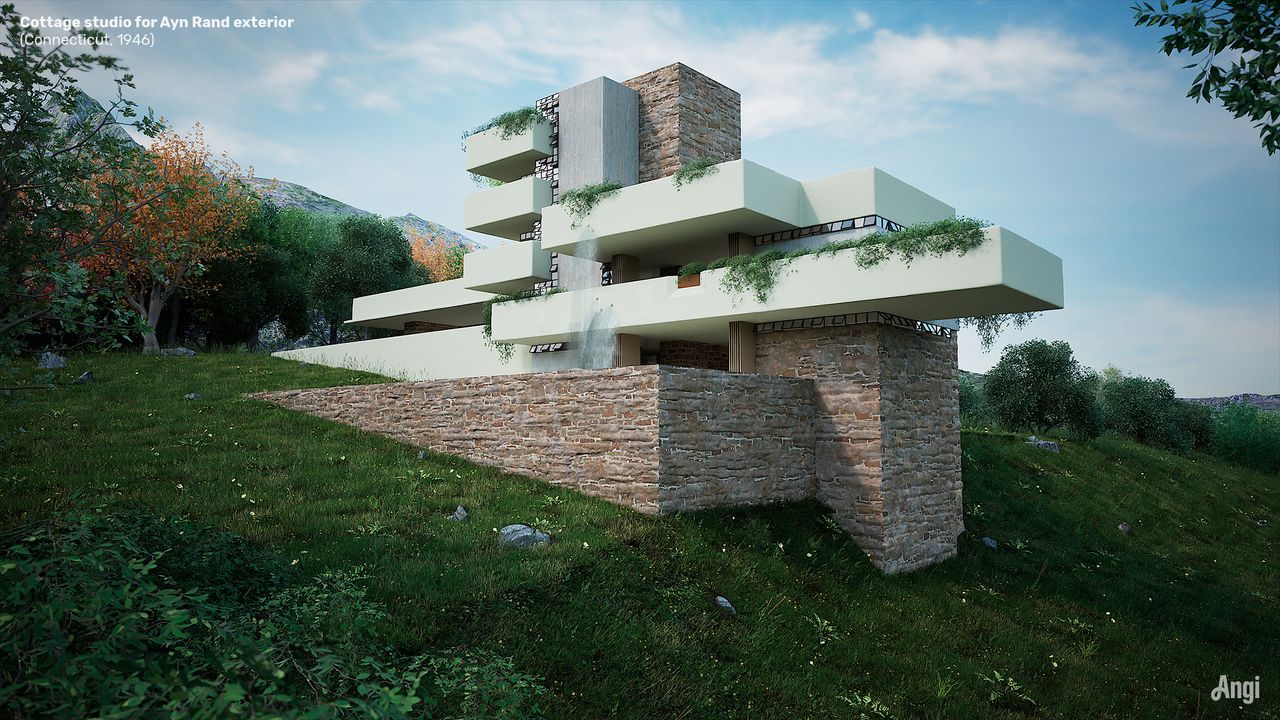
Angi - Photography
Intrigued by the fact that over half of Frank Lloyd Wright’s works were never built, home project internet company Angi took on an unusual task: to bring to life some of the midcentury American architecture master’s houses using the magic of contemporary 3D design. ‘Remarkably, more than half of Wright’s 1,171 architectural works never took a solid form. While unbuilt Frank Lloyd Wright houses occasionally materialise on the American landscape, 660 of his building designs remain confined to paper,’ says the company.
Three of these unrealised gems were selected to be digitally reconstructed, including Mrs David Devin House (Chicago, 1896), Cottage Studio for Ayn Rand (Connecticut, 1946), and Lake Tahoe Lodge (Lake Tahoe, California, 1923). To transform Wright’s expert and beautiful architectural drawings into photorealistic renders, Angi worked with creative studio NeoMam Studios. The London-based experts went through the architect’s archive sketches, plans and notes, while undertaking thorough research in order to compose a series of images that offer a tangible feel of what the buildings might have looked like, if realised.
‘The most inspiring part of this project was seeing Frank Llyod Wright's forgotten sketches come to life using modern technology. In particular, the plans of Mrs. David Devin House (Chicago, 1896) caught our team's eye because the plans were much more unusual than FLW's other plans and houses - that one became our favourite because it stands out as different to the typical style that FLW is known for,' says the team at NeoMam.
Unbuilt Frank Lloyd Wright houses rendered in 3D

The selected projects range in style and scope, displaying Wright’s extensive breadth of work. The Devlin House is an early concept, which employs unusual shapes and expressive ornamentation as the architect was exploring approaches, while other works, such as the Cottage Studio, bring to mind later work – especially the Kaufmann family’s famous Fallingwater. Yet they are all born of the architect’s highly crafted, detailed floorplans and sketches.
‘The most challenging part was designing the floor plans. The design team followed the plans and sketches as closely as possible, but some parts required additional research and an understanding of how existing FLW houses are built. With regards to the interiors, the research team took inspiration from famous FLW buildings, like Taliesin West and Hollyhock House,' the NeoMam team adds.
The trilogy’s third design, the home in Lake Tahoe, in particular, celebrates the value of unbuilt work. The architect has written on it: ‘The best [buildings] had life only on paper,’ wrote Wright in the early 1940s. ‘The most interesting and vital stories might belong to these children of imagination were they ever to encounter the field. Say, the Lake Tahoe project…’
The lodge design feels like a fantasy, utopian settlement, an ode to architecture and passion, a speculative project without a client, flagging up the power that these unrealised Frank Lloyd Wright houses have to fuel our imagination.
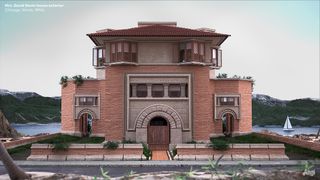

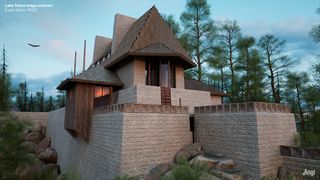
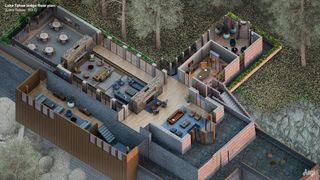
INFORMATION
Wallpaper* Newsletter
Receive our daily digest of inspiration, escapism and design stories from around the world direct to your inbox.
Ellie Stathaki is the Architecture & Environment Director at Wallpaper*. She trained as an architect at the Aristotle University of Thessaloniki in Greece and studied architectural history at the Bartlett in London. Now an established journalist, she has been a member of the Wallpaper* team since 2006, visiting buildings across the globe and interviewing leading architects such as Tadao Ando and Rem Koolhaas. Ellie has also taken part in judging panels, moderated events, curated shows and contributed in books, such as The Contemporary House (Thames & Hudson, 2018), Glenn Sestig Architecture Diary (2020) and House London (2022).
-
 These vibrant vases are made from discarded flip flops
These vibrant vases are made from discarded flip flopsSerena Confalonieri’s Jambo collection, in collaboration with Ocean Soles, debuts at Rossana Orlandi during Milan Design Week
By Ifeoluwa Adedeji Published
-
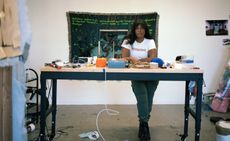 Artist Qualeasha Wood explores the digital glitch to weave stories of the Black female experience
Artist Qualeasha Wood explores the digital glitch to weave stories of the Black female experienceIn ‘Malware’, her new London exhibition at Pippy Houldsworth Gallery, the American artist’s tapestries, tuftings and videos delve into the world of internet malfunction
By Hannah Silver Published
-
 Milan Design Week: Afra and Tobia Scarpa’s monastic marvel of a chair returns to life
Milan Design Week: Afra and Tobia Scarpa’s monastic marvel of a chair returns to lifeMolteni & C’s reissue of the ‘Monk’ chair has us worshipping at the altar of its designers, Afra and Tobia Scarpa
By Hugo Macdonald Published
-
 We explore Franklin Israel’s lesser-known, progressive, deconstructivist architecture
We explore Franklin Israel’s lesser-known, progressive, deconstructivist architectureFranklin Israel, a progressive Californian architect whose life was cut short in 1996 at the age of 50, is celebrated in a new book that examines his work and legacy
By Michael Webb Published
-
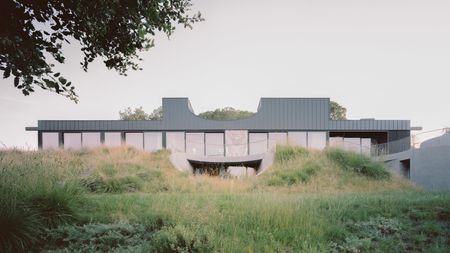 A new hilltop California home is rooted in the landscape and celebrates views of nature
A new hilltop California home is rooted in the landscape and celebrates views of natureWOJR's California home House of Horns is a meticulously planned modern villa that seeps into its surrounding landscape through a series of sculptural courtyards
By Jonathan Bell Published
-
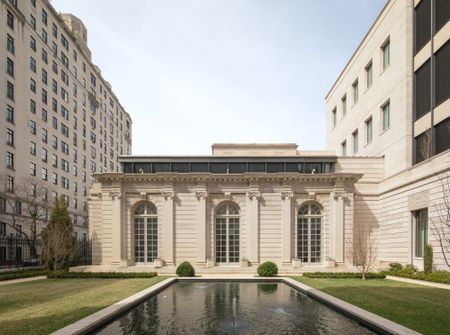 The Frick Collection's expansion by Selldorf Architects is both surgical and delicate
The Frick Collection's expansion by Selldorf Architects is both surgical and delicateThe New York cultural institution gets a $220 million glow-up
By Stephanie Murg Published
-
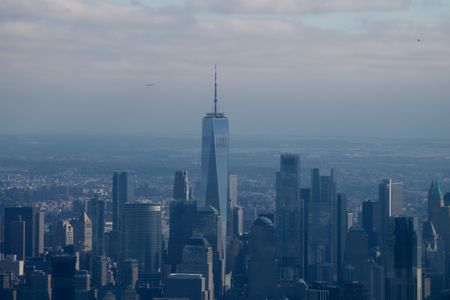 Remembering architect David M Childs (1941-2025) and his New York skyline legacy
Remembering architect David M Childs (1941-2025) and his New York skyline legacyDavid M Childs, a former chairman of architectural powerhouse SOM, has passed away. We celebrate his professional achievements
By Jonathan Bell Published
-
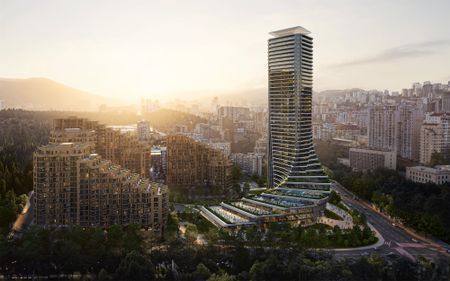 The upcoming Zaha Hadid Architects projects set to transform the horizon
The upcoming Zaha Hadid Architects projects set to transform the horizonA peek at Zaha Hadid Architects’ future projects, which will comprise some of the most innovative and intriguing structures in the world
By Anna Solomon Published
-
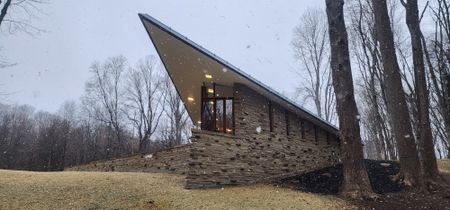 Frank Lloyd Wright’s last house has finally been built – and you can stay there
Frank Lloyd Wright’s last house has finally been built – and you can stay thereFrank Lloyd Wright’s final residential commission, RiverRock, has come to life. But, constructed 66 years after his death, can it be considered a true ‘Wright’?
By Anna Solomon Published
-
 Heritage and conservation after the fires: what’s next for Los Angeles?
Heritage and conservation after the fires: what’s next for Los Angeles?In the second instalment of our 'Rebuilding LA' series, we explore a way forward for historical treasures under threat
By Mimi Zeiger Published
-
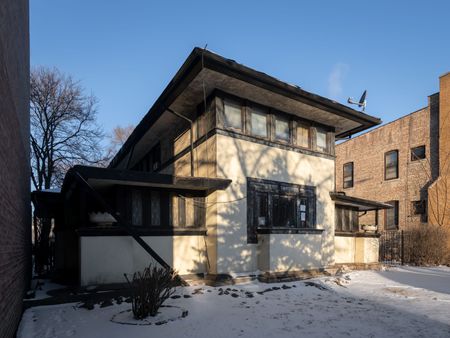 Why this rare Frank Lloyd Wright house is considered one of Chicago’s ‘most endangered’ buildings
Why this rare Frank Lloyd Wright house is considered one of Chicago’s ‘most endangered’ buildingsThe JJ Walser House has sat derelict for six years. But preservationists hope the building will have a vibrant second act
By Anna Fixsen Published